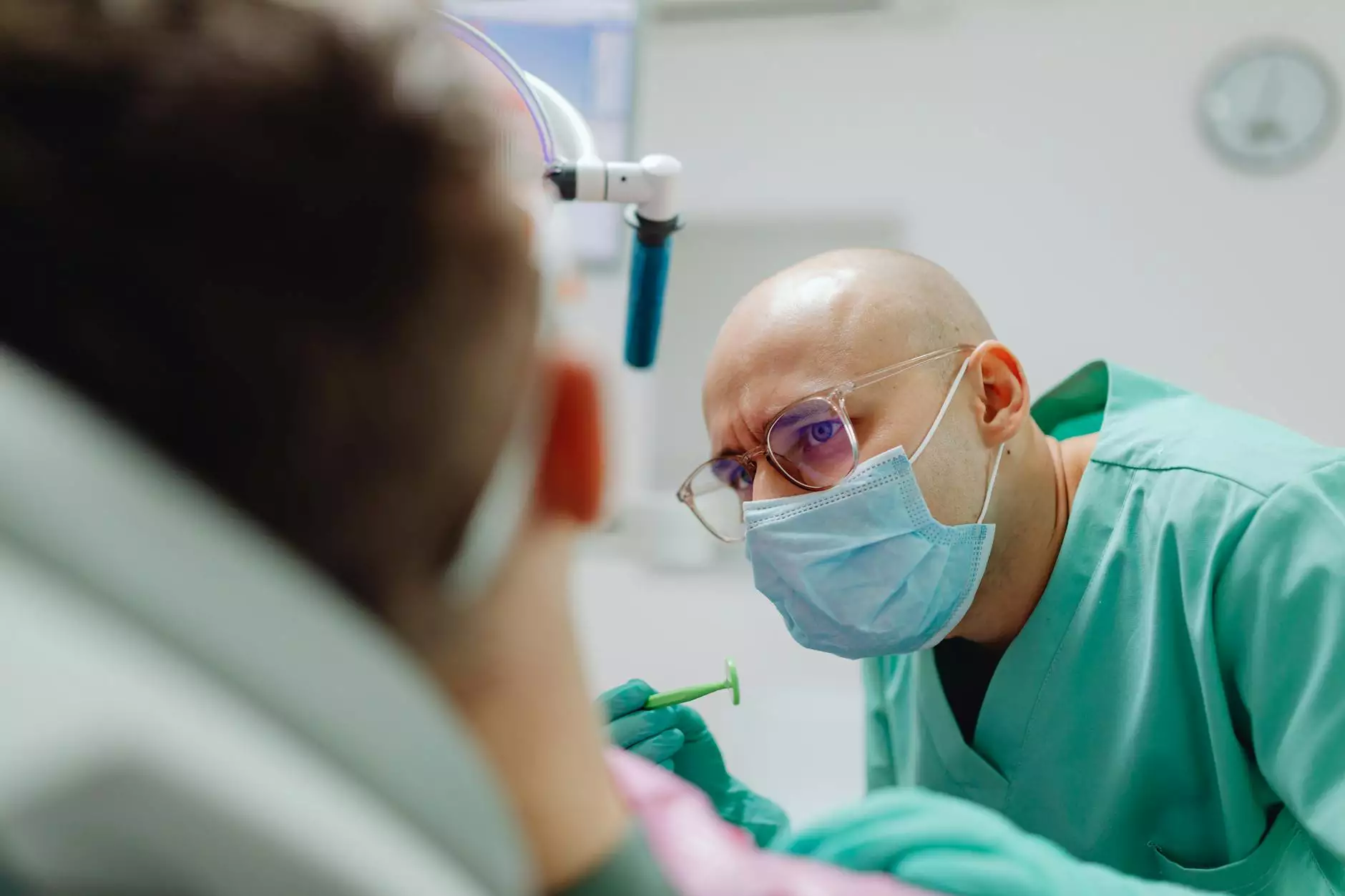Endovascular Laser Ablation: Revolutionizing Vascular Medicine with Cutting-Edge Precision

Vascular health is a cornerstone of overall well-being, influencing everything from mobility to cardiovascular health. In recent years, endovascular laser ablation (ELA) has emerged as a leading minimally invasive treatment option for various vascular conditions, particularly varicose veins. This advanced procedure combines the precision of laser technology with minimally invasive techniques, offering patients remarkable benefits over traditional surgical methods.
Understanding Endovascular Laser Ablation: What It Is and How It Works
Endovascular laser ablation is a state-of-the-art medical procedure that employs laser energy to close off faulty or diseased veins. It is performed through a small skin puncture, eliminating the need for large incisions, and relies on catheter-based technology to deliver precise laser energy directly to the problematic vein.
The Science Behind Endovascular Laser Ablation
This procedure involves inserting a thin, flexible fiber-optic catheter into the problematic vein under local anesthesia and ultrasound guidance. The laser fiber then emits focused light energy, which heats and coagulates the vessel wall. Once the vein collapses and seals shut, blood is naturally rerouted through healthier veins, restoring normal circulation. Over time, the treated vein is absorbed by the body, enhancing both aesthetic appearance and vascular function.
Why Choose Endovascular Laser Ablation: Key Benefits for Patients
- Minimally Invasive: No large surgical incisions are involved, reducing pain, scarring, and recovery time.
- High Success Rates: Clinical studies report success rates exceeding 95%, ensuring effective treatment of varicose veins and other vascular conditions.
- Reduced Discomfort: Patients typically experience mild discomfort during and after the procedure, often manageable with over-the-counter pain medication.
- Quick Recovery: Most patients resume normal activities within 24 to 48 hours, thanks to the procedure's minimally invasive nature.
- Less Complications: The risk of infection, nerve injury, or postoperative complications is significantly lower compared to traditional surgery.
- Cosmetic Advantages: Minimal scarring and swelling contribute to a more aesthetically pleasing outcome.
Conditions Treated with Endovascular Laser Ablation
While endovascular laser ablation is best known for treating varicose veins, it also plays a crucial role in managing other vascular conditions, including:
- Chronic Venous Insufficiency (CVI): A condition where venous valve failure leads to blood pooling, leg swelling, and skin changes.
- Venous Leg Ulcers: Chronic wounds caused by poor venous return, which are effectively healed post-treatment.
- Deep Vein Thrombosis (DVT): In some cases, laser ablation aids in the secondary management of residual venous reflux following DVT.
- Pelvic Congestion Syndrome: A condition resulting from venous reflux or varicosities in the pelvic region.
The Endovascular Laser Ablation Procedure: Step-by-Step
Understanding the procedural process enhances patient confidence. Here's a comprehensive breakdown:
Pre-Procedure Assessment
Initial evaluations include duplex ultrasound examinations to delineate vein anatomy and identify reflux pathways. Detailed medical history, physical examination, and discussion of treatment options are essential before scheduling the procedure.
Preparation
Patients are advised to avoid strenuous activity, anti-inflammatory medications, and certain blood thinners 24 hours before the procedure. Wearing loose, comfortable clothing facilitates access to the treatment site.
The Procedure
- Anesthesia: Typically local anesthesia is administered to numb the treatment area.
- Catheter Insertion: Under ultrasound guidance, a small puncture is made in the skin, and the laser fiber-optic catheter is carefully threaded into the affected vein.
- Laser Application: The laser fiber emits controlled energy as it is slowly withdrawn, heat-sealing the vein walls.
- Post-Procedure Care: Once the vein is treated, compression stockings are usually applied to support healing and prevent blood clots.
Postoperative Care and Recovery
Patients are encouraged to walk immediately after the procedure to promote circulation and reduce the risk of complications. Mild swelling or bruising may occur, which spontaneously resolves within days. Follow-up appointments are crucial for monitoring treatment effectiveness and addressing any concerns.
Comparing Endovascular Laser Ablation with Traditional Treatment Methods
Traditional surgical options like vein stripping or ligation involve larger incisions, longer recovery periods, and higher risks of complications. In contrast, endovascular laser ablation offers numerous advantages:
- Less Invasive: Smaller punctures vs. large incisions
- Faster Recovery: Daily activities can often resume within a day or two
- Lower Risk of Infection: Reduced exposure to external bacteria
- Superior Cosmetic Outcomes: Minimal scarring and skin changes
Innovations and Advancements in Endovascular Laser Ablation
The field of vascular medicine continually evolves, with ongoing innovations enhancing the safety, effectiveness, and patient experience of endovascular laser ablation. Notable advancements include:
- Enhanced Laser Technologies: Use of higher precision laser fibers with adjustable energy settings
- Ultrasound-Guided Techniques: Real-time imaging ensures accurate targeting and minimizes risks
- Combined Modalities: Integration with sclerotherapy and other minimally invasive procedures for comprehensive vascular management
- Patient-Centric Approaches: Tailored treatment plans based on individual anatomy and health status
Choosing the Right Specialist for Endovascular Laser Ablation
Successful outcomes in endovascular laser ablation hinge on selecting experienced vascular specialists or interventional radiologists trained in minimally invasive techniques. Look for providers affiliated with reputable centers like Truffle Vein Specialists, known for their excellence in vascular medicine and dedicated patient care.
The Future of Vascular Medicine with Endovascular Laser Ablation
The future promises even more refined laser technologies, personalized treatment protocols, and integration with other minimally invasive methods to improve patient outcomes. As research progresses, endovascular laser ablation is poised to become the gold standard for managing many vascular conditions, ensuring patients regain their healthy, pain-free lives with minimal disruption.
Conclusion: Embracing the Benefits of Endovascular Laser Ablation
In summary, endovascular laser ablation represents a paradigm shift in vascular medicine. Its minimally invasive nature, high success rate, and rapid recovery make it an ideal choice for treating varicose veins and other venous disorders. As technology advances and expertise grows, patients can expect even better outcomes and enhanced quality of life through this innovative treatment modality. For those seeking expert care from trusted vascular specialists, Truffle Vein Specialists offers cutting-edge solutions to elevate your vascular health today.









